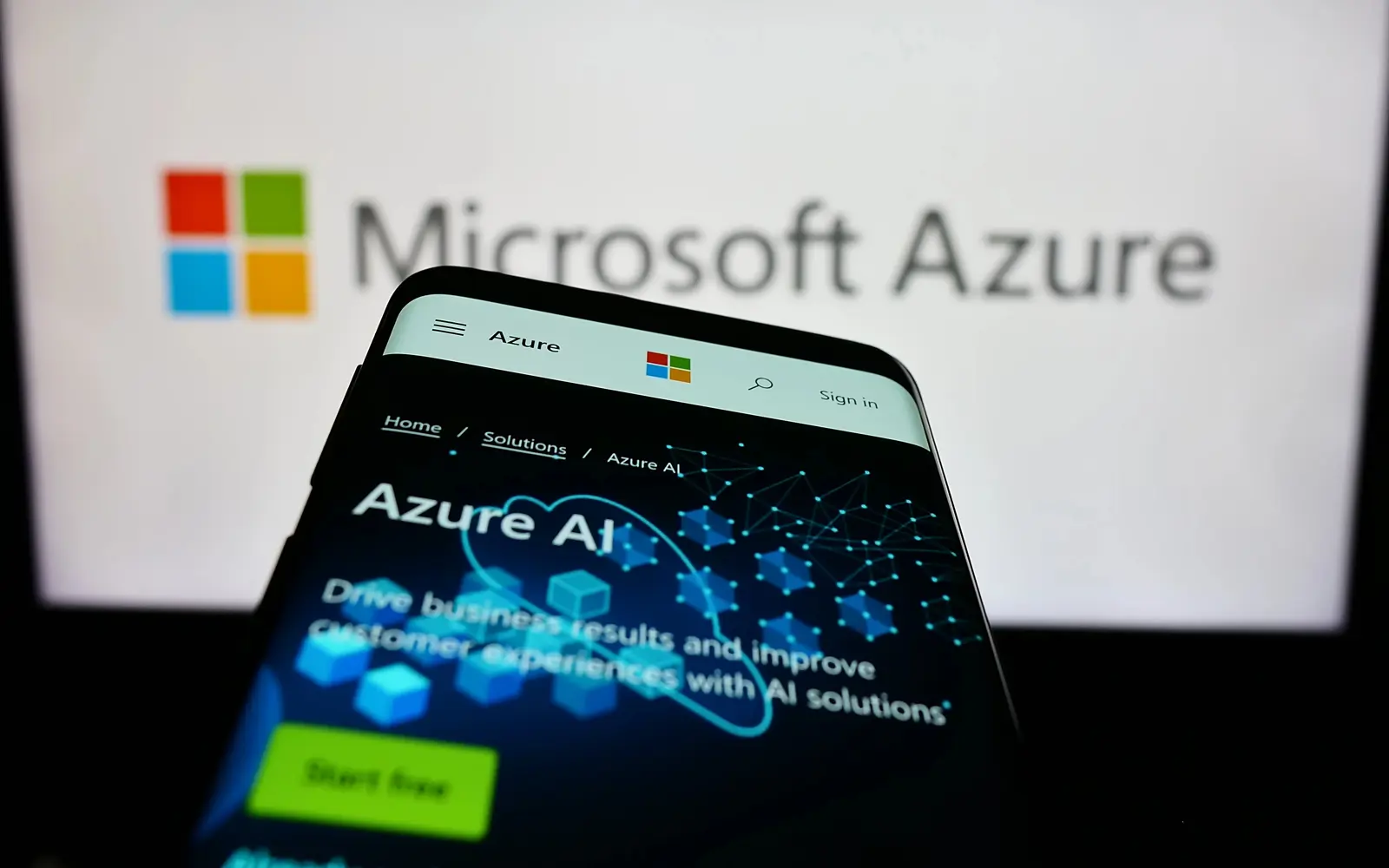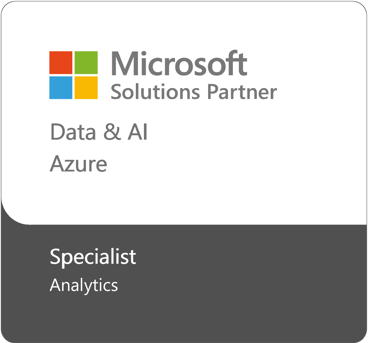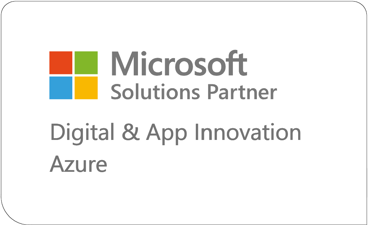Top 3 Use Cases for Azure AI Services for Your Business
Azure AI Services bridges customer expectations with enterprise AI across Vision, Speech, and IoT, delivering faster service, smarter insights, and ROI.

Customers haven’t changed much in what they want: faster service, more convenience, and meaningful engagement. What has changed is the technology available to meet those expectations through AI-enabled tools like Azure AI Services.
But how exactly would this new tool bridge the gap with your customers?
Let’s Define It
Azure AI Services is a collection of pre-built, cloud-based AI capabilities that enable your technology to communicate naturally with users. It can convert speech into text, recognise images, translate languages, analyse data, and even verify speaker identities. It only needs a single API to process billions of data points in real time to deliver experiences your customers are looking for.
As of 2025, Azure AI Services has evolved into Microsoft’s most comprehensive suite of enterprise-ready AI capabilities and has now encompassed a wide range of modular services. Among those are Azure OpenAI, Azure AI Search, Speech, Vision, Translator, Bot Service, Content Safety, Custom Vision, and Document Intelligence.
These are supported by Azure AI Foundry and Azure AI Studio, which together allow organisations to build up their own customised AI. They won’t have to start from scratch, though, as they can use their own data to build, train, and deploy their own AI copilots and workflows.
The platform also promotes deep governance tools to ensure responsible AI and supports upcoming technologies like agentic AI systems and federated learning for privacy-preserving data use.
Tight integration across the Azure ecosystem means developers can deploy solutions quickly using REST APIs, client libraries, and low-code environments that accelerate innovation across all industries.
But with all of that in one seemingly compact product, how does all that translate into real life?
Use Case 1: Computer Vision
Computer vision enables machines to interpret, analyse, and extract meaningful information from images and videos. This branch of AI uses deep learning and neural networks to recognise objects, people, and patterns with remarkable accuracy It replicates human vision and the ability to make sense of visual data.
Azure AI Vision is Microsoft’s implementation of computer vision technology. It provides insights from image and video analysis using tools such as optical character recognition (OCR) and AI models that understand visual content. With it, businesses can identify and interpret elements like images, handwriting, scenes, and landmarks in photos and videos, essentially, anything we perceive with our eyes.
In practice, it happens through video analysis. Computer Vision processes video frames in near-real time, where it extracts meaningful insights from user-generated content. Given that a study suggests that user-generated videos influence purchasing decisions, this capability delivers serious business value.
Long story short, you can spot problems faster and solve them quicker through Computer Vision analysis. And when something goes right, you identify what worked and capitalise on that success.
Use Case 2: Speech-to-Text
Azure’s Speech-to-Text API enables real-time transcription of audio into text and lets applications act on voice commands immediately.
Voice interaction removes friction from customer experiences. When customers can simply speak their requests, like ordering a product or accessing information, doing business with you becomes effortless. If it’s not obvious yet, making things easier for customers to engage will make them want to work with you more.
And the modern customers expect this. In fact, Siri's 2011 launch brought speech-to-text to a much broader audience and has since become the norm. This led to companies following this trend, and you’d want to follow it if you don’t want to risk appearing outdated.
Use Case 3: Internet of Things (IoT)
The Internet of Things has evolved from science fiction to business necessity. Back in 2019, experts predicted that 75.4 billion connected devices would be operational. Although it wasn’t a reality that came true, there are still at least 27 billion connected IoT devices worldwide presently.
Azure AI Services works with IoT sensors to provide the most crucial operational intelligence. These devices monitor performance, production levels, and potential issues before they become expensive problems. It’s a more high-tech version of predictive maintenance instead of reactive repairs if you know how your equipment really functions.
Smart environmental controls optimise costs automatically, too. IoT-enabled thermostats and lighting systems can adjust based on electricity pricing throughout the day. When power costs more during peak hours, your systems automatically reduce consumption.
Of course, the savings you get are measurable because the predictive maintenance prevents costly downtime too. There are also environmental controls that reduce utility bills. Both capabilities position your business as environmentally responsible while improving your bottom line.
The Bottom Line
That’s just 3 of the many ways Azure AI Services solves real-world problems for various services. Reading it here can make it sound all hypothetical, but when the problems arise on your end, you’d want Azure AI right at your disposal to solve them fast.
Do you want to learn more ways to bridge your customers’ expectations?
Find out how we can transform the way you do business.



